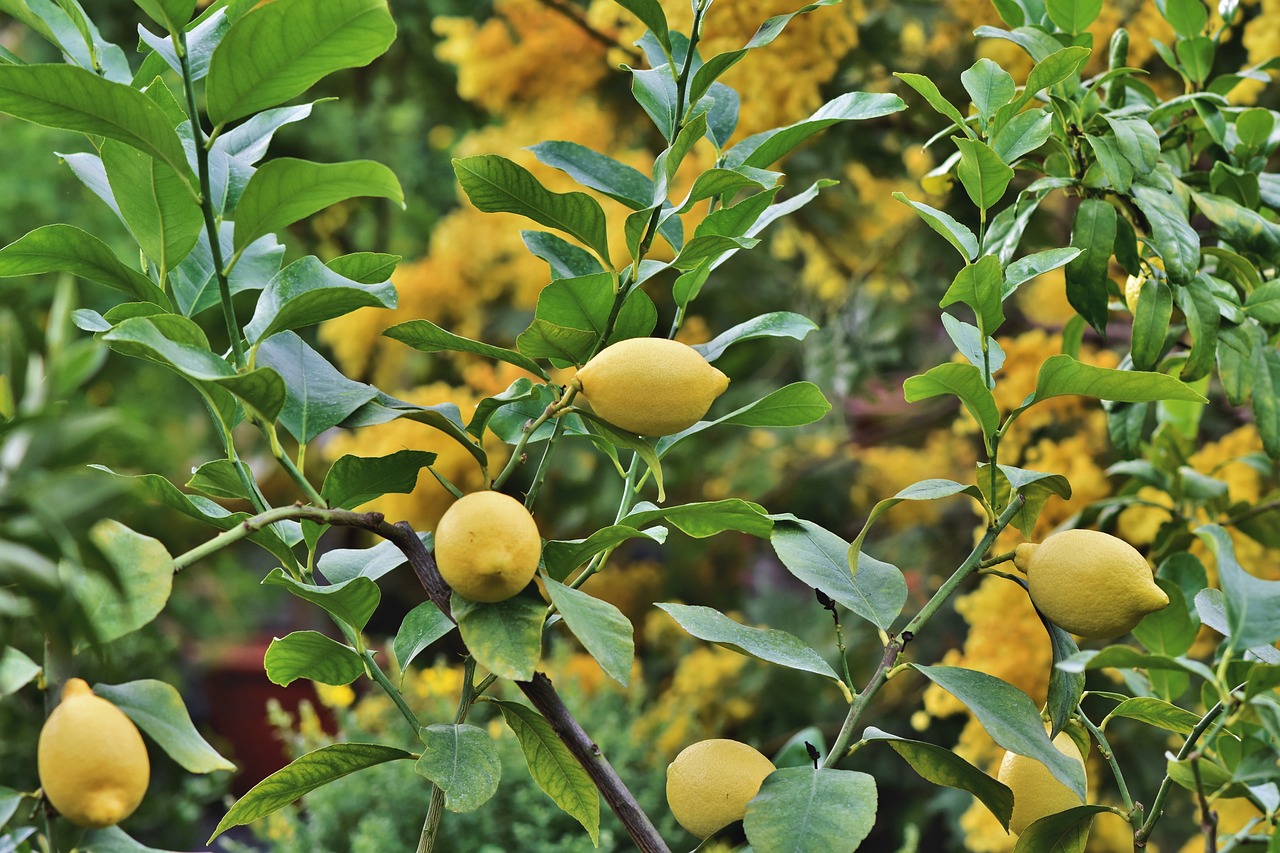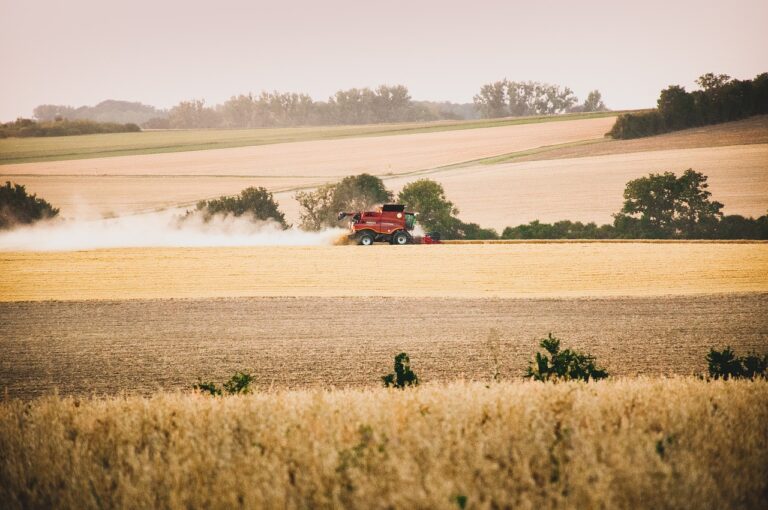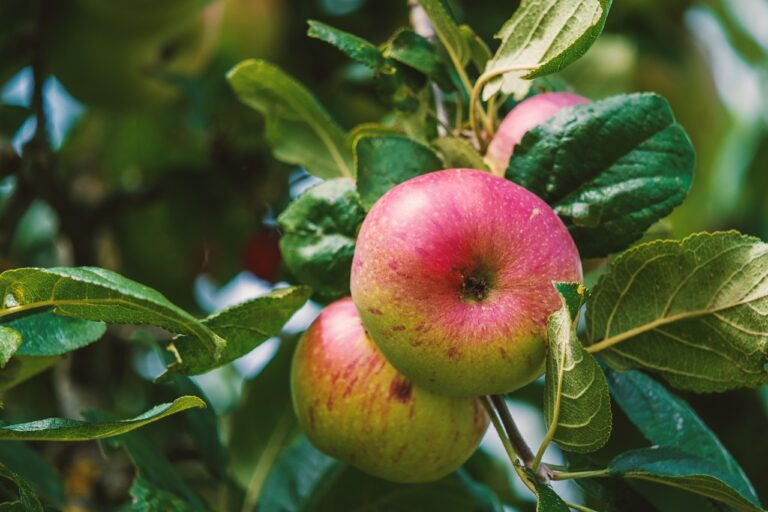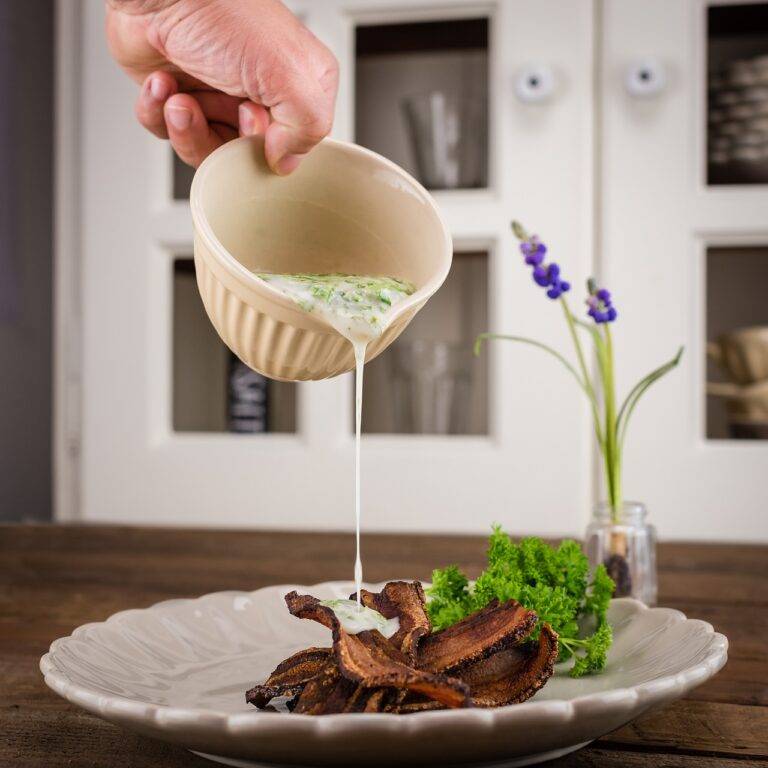3D Food Printing: Creating Edible Art
3D food printing leverages innovative technology to create edible food items layer by layer. This cutting-edge process begins with designing a digital model of the desired food product using specialized software. The printer then interprets this digital blueprint and extrudes edible materials, such as pureed ingredients or pastes, through a nozzle onto a build platform.
As the material is extruded, the printer moves layer by layer, gradually building up the structure of the food item. This precise deposition of ingredients allows for intricate shapes and designs to be formed with remarkable accuracy. Once the printing process is complete, the food item can be consumed just like traditionally prepared dishes, offering a unique and customizable approach to food creation.
The Advantages of 3D Food Printing
3D food printing offers a revolutionary way to customize food products based on individual preferences and dietary needs. This technology allows for precise control over ingredient composition and portion sizes, making it ideal for people with specific dietary restrictions or allergies. Additionally, 3D food printing has the potential to reduce food wastage by producing only the exact amount of food needed, thereby promoting sustainability in the food industry.
Moreover, 3D food printing enables chefs and food manufacturers to unleash their creativity by designing intricate shapes and textures that would be difficult to achieve through traditional cooking methods. This opens up new possibilities for culinary artistry and presentation, appealing to the visually-driven preferences of modern consumers. Ultimately, the advantages of 3D food printing lie in its ability to blend innovation with practicality, paving the way for a new era of personalized and sustainable food production.







